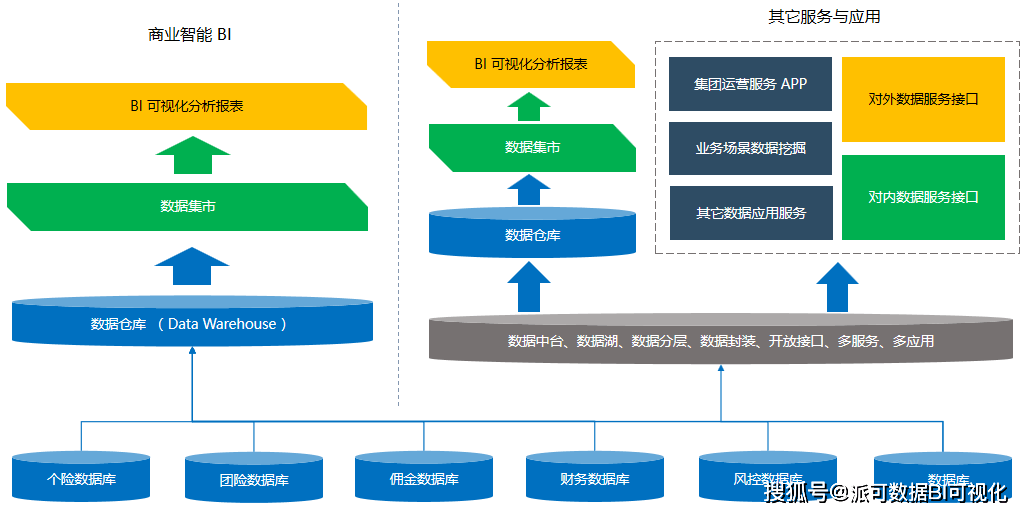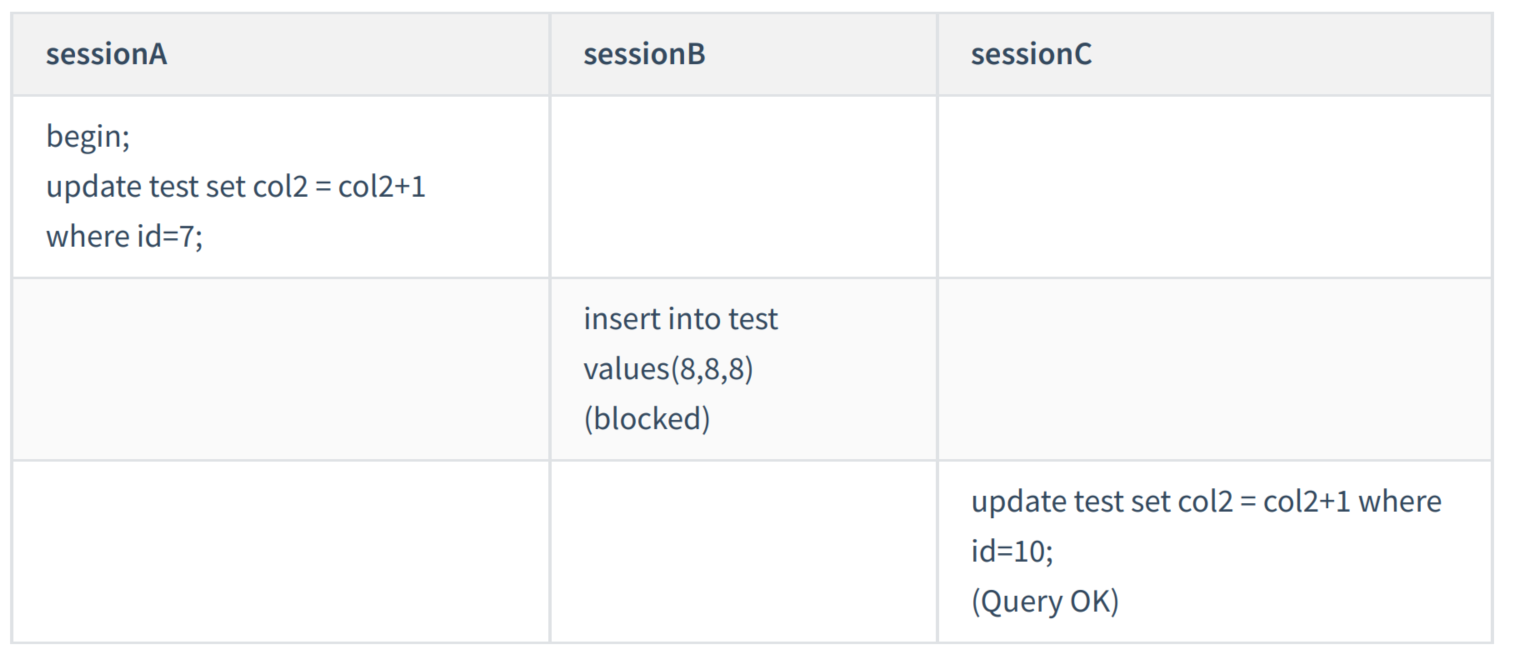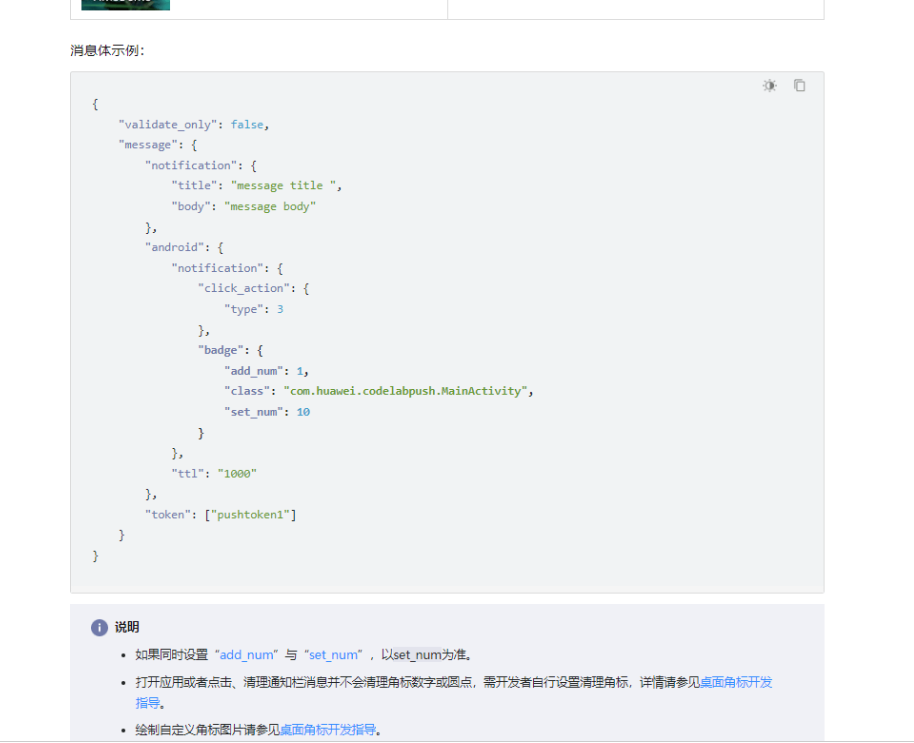开头
servlet是javawebImportant objects for handling requests and responses,This article will analyze from the perspective of source codetomcatHow to process requests internally based on request path matchingservlet的
假设有一个request请求路径为/text/servlet/get,并且在web.xml中配置了4个servlet,代码如下,So which one is the request callingservlet呢?
<servlet>
<servlet-name>servlet01</servlet-name>
<servlet-class>com.monian.study.servlet.Servlet01</servlet-class>
</servlet>
<servlet-mapping>
<servlet-name>servlet01</servlet-name>
<url-pattern>/test/servlet/get</url-pattern>
</servlet-mapping>
<servlet>
<servlet-name>servlet02</servlet-name>
<servlet-class>com.monian.study.servlet.Servlet02</servlet-class>
</servlet>
<servlet-mapping>
<servlet-name>servlet02</servlet-name>
<url-pattern>/test/servlet/*</url-pattern>
</servlet-mapping>
<servlet>
<servlet-name>servlet03</servlet-name>
<servlet-class>com.monian.study.servlet.Servlet03</servlet-class>
</servlet>
<servlet-mapping>
<servlet-name>servlet03</servlet-name>
<url-pattern>/test/*</url-pattern>
</servlet-mapping>
<servlet>
<servlet-name>servlet04</servlet-name>
<servlet-class>com.monian.study.servlet.Servlet04</servlet-class>
</servlet>
<servlet-mapping>
<servlet-name>servlet04</servlet-name>
<url-pattern>/</url-pattern>
</servlet-mapping>
<servlet>
<servlet-name>servlet05</servlet-name>
<servlet-class>com.monian.study.servlet.Servlet05</servlet-class>
</servlet>
<servlet-mapping>
<servlet-name>servlet05</servlet-name>
<url-pattern>*.do</url-pattern>
</servlet-mapping>corresponding to eachservlet的代码,代码很简单,调用哪一个servlet就输出哪个servlet的名称:
servlet代码
public class Servlet01 extends HttpServlet {
@Override
protected void doGet(HttpServletRequest req, HttpServletResponse resp) throws ServletException, IOException {
resp.getWriter().write("Servlet01");
}
}
public class Servlet02 extends HttpServlet {
@Override
protected void doGet(HttpServletRequest req, HttpServletResponse resp) throws ServletException, IOException {
resp.getWriter().write("Servlet02");
}
}
public class Servlet03 extends HttpServlet {
@Override
protected void doGet(HttpServletRequest req, HttpServletResponse resp) throws ServletException, IOException {
resp.getWriter().write("Servlet03");
}
}
public class Servlet04 extends HttpServlet {
@Override
protected void doGet(HttpServletRequest req, HttpServletResponse resp) throws ServletException, IOException {
resp.getWriter().write("Servlet04");
}
}
public class Servlet05 extends HttpServlet {
@Override
protected void doGet(HttpServletRequest req, HttpServletResponse resp) throws ServletException, IOException {
resp.getWriter().write("Servlet05");
}
}
源码
org.apache.catalina.mapper.Mapper#internalMapWrapper
// 在本例子中 path = '/zxq/test/servlet/get',用offset和endto control the length of the path section
// contextPath = '/zxq'
private final void internalMapWrapper(ContextVersion contextVersion,
CharChunk path,
MappingData mappingData) throws IOException {
int pathOffset = path.getOffset();
int pathEnd = path.getEnd();
boolean noServletPath = false;
// contextVersion.path = '/zxq'
int length = contextVersion.path.length();
if (length == (pathEnd - pathOffset)) {
noServletPath = true;
}
int servletPath = pathOffset + length;
// path = '/text/servlet/get'
path.setOffset(servletPath);
// 规则1:Start with exact matching first
MappedWrapper[] exactWrappers = contextVersion.exactWrappers;
internalMapExactWrapper(exactWrappers, path, mappingData);
// 规则2:前缀匹配,That is, path matching
boolean checkJspWelcomeFiles = false;
MappedWrapper[] wildcardWrappers = contextVersion.wildcardWrappers;
if (mappingData.wrapper == null) {
internalMapWildcardWrapper(wildcardWrappers, contextVersion.nesting,
path, mappingData);
if (mappingData.wrapper != null && mappingData.jspWildCard) {
char[] buf = path.getBuffer();
if (buf[pathEnd - 1] == '/') {
/*
* Path ending in '/' was mapped to JSP servlet based on
* wildcard match (e.g., as specified in url-pattern of a
* jsp-property-group.
* Force the context's welcome files, which are interpreted
* as JSP files (since they match the url-pattern), to be
* considered. See Bugzilla 27664.
*/
mappingData.wrapper = null;
checkJspWelcomeFiles = true;
} else {
// See Bugzilla 27704
mappingData.wrapperPath.setChars(buf, path.getStart(),
path.getLength());
mappingData.pathInfo.recycle();
}
}
}
if(mappingData.wrapper == null && noServletPath &&
contextVersion.object.getMapperContextRootRedirectEnabled()) {
// The path is empty, redirect to "/"
path.append('/');
pathEnd = path.getEnd();
mappingData.redirectPath.setChars
(path.getBuffer(), pathOffset, pathEnd - pathOffset);
path.setEnd(pathEnd - 1);
return;
}
// Rule 3 -- Extension Match
MappedWrapper[] extensionWrappers = contextVersion.extensionWrappers;
if (mappingData.wrapper == null && !checkJspWelcomeFiles) {
internalMapExtensionWrapper(extensionWrappers, path, mappingData,
true);
}
// Rule 4 -- Welcome resources processing for servlets
if (mappingData.wrapper == null) {
boolean checkWelcomeFiles = checkJspWelcomeFiles;
if (!checkWelcomeFiles) {
char[] buf = path.getBuffer();
checkWelcomeFiles = (buf[pathEnd - 1] == '/');
}
if (checkWelcomeFiles) {
for (int i = 0; (i < contextVersion.welcomeResources.length)
&& (mappingData.wrapper == null); i++) {
path.setOffset(pathOffset);
path.setEnd(pathEnd);
path.append(contextVersion.welcomeResources[i], 0,
contextVersion.welcomeResources[i].length());
path.setOffset(servletPath);
// Rule 4a -- Welcome resources processing for exact macth
internalMapExactWrapper(exactWrappers, path, mappingData);
// Rule 4b -- Welcome resources processing for prefix match
if (mappingData.wrapper == null) {
internalMapWildcardWrapper
(wildcardWrappers, contextVersion.nesting,
path, mappingData);
}
// Rule 4c -- Welcome resources processing
// for physical folder
if (mappingData.wrapper == null
&& contextVersion.resources != null) {
String pathStr = path.toString();
WebResource file =
contextVersion.resources.getResource(pathStr);
if (file != null && file.isFile()) {
internalMapExtensionWrapper(extensionWrappers, path,
mappingData, true);
if (mappingData.wrapper == null
&& contextVersion.defaultWrapper != null) {
mappingData.wrapper =
contextVersion.defaultWrapper.object;
mappingData.requestPath.setChars
(path.getBuffer(), path.getStart(),
path.getLength());
mappingData.wrapperPath.setChars
(path.getBuffer(), path.getStart(),
path.getLength());
mappingData.requestPath.setString(pathStr);
mappingData.wrapperPath.setString(pathStr);
}
}
}
}
path.setOffset(servletPath);
path.setEnd(pathEnd);
}
}
/* welcome file processing - take 2
* Now that we have looked for welcome files with a physical
* backing, now look for an extension mapping listed
* but may not have a physical backing to it. This is for
* the case of index.jsf, index.do, etc.
* A watered down version of rule 4
*/
if (mappingData.wrapper == null) {
boolean checkWelcomeFiles = checkJspWelcomeFiles;
if (!checkWelcomeFiles) {
char[] buf = path.getBuffer();
checkWelcomeFiles = (buf[pathEnd - 1] == '/');
}
if (checkWelcomeFiles) {
for (int i = 0; (i < contextVersion.welcomeResources.length)
&& (mappingData.wrapper == null); i++) {
path.setOffset(pathOffset);
path.setEnd(pathEnd);
path.append(contextVersion.welcomeResources[i], 0,
contextVersion.welcomeResources[i].length());
path.setOffset(servletPath);
internalMapExtensionWrapper(extensionWrappers, path,
mappingData, false);
}
path.setOffset(servletPath);
path.setEnd(pathEnd);
}
}
// Rule 7 -- Default servlet
if (mappingData.wrapper == null && !checkJspWelcomeFiles) {
if (contextVersion.defaultWrapper != null) {
mappingData.wrapper = contextVersion.defaultWrapper.object;
mappingData.requestPath.setChars
(path.getBuffer(), path.getStart(), path.getLength());
mappingData.wrapperPath.setChars
(path.getBuffer(), path.getStart(), path.getLength());
mappingData.matchType = MappingMatch.DEFAULT;
}
// Redirection to a folder
char[] buf = path.getBuffer();
if (contextVersion.resources != null && buf[pathEnd -1 ] != '/') {
String pathStr = path.toString();
// Note: Check redirect first to save unnecessary getResource()
// call. See BZ 62968.
if (contextVersion.object.getMapperDirectoryRedirectEnabled()) {
WebResource file;
// Handle context root
if (pathStr.length() == 0) {
file = contextVersion.resources.getResource("/");
} else {
file = contextVersion.resources.getResource(pathStr);
}
if (file != null && file.isDirectory()) {
// Note: this mutates the path: do not do any processing
// after this (since we set the redirectPath, there
// shouldn't be any)
path.setOffset(pathOffset);
path.append('/');
mappingData.redirectPath.setChars
(path.getBuffer(), path.getStart(), path.getLength());
} else {
mappingData.requestPath.setString(pathStr);
mappingData.wrapperPath.setString(pathStr);
}
} else {
mappingData.requestPath.setString(pathStr);
mappingData.wrapperPath.setString(pathStr);
}
}
}
path.setOffset(pathOffset);
path.setEnd(pathEnd);
}
Match the path code
org.apache.catalina.mapper.Mapper#find(org.apache.catalina.mapper.Mapper.MapElement[], org.apache.tomcat.util.buf.CharChunk, int, int)
// 从mapFind the one that best matches the path
private static final <T> int find(MapElement<T>[] map, CharChunk name,
int start, int end) {
int a = 0;
int b = map.length - 1;
// Special cases: -1 and 0
if (b == -1) {
return -1;
}
// -1表示完全不匹配,直接返回
if (compare(name, start, end, map[0].name) < 0 ) {
return -1;
}
// Exact or partial match,And there is only one to be matchedservlet直接返回
if (b == 0) {
return 0;
}
// 类似于二分查找,Find a longest path match
int i = 0;
while (true) {
i = (b + a) >>> 1;
int result = compare(name, start, end, map[i].name);
if (result == 1) {
a = i;
} else if (result == 0) {
return i;
} else {
b = i;
}
if ((b - a) == 1) {
int result2 = compare(name, start, end, map[b].name);
if (result2 < 0) {
return a;
} else {
return b;
}
}
}
}
private static final int compare(CharChunk name, int start, int end,
String compareTo) {
int result = 0;
char[] c = name.getBuffer();
int len = compareTo.length();
if ((end - start) < len) {
len = end - start;
}
// 比较url-pattern与 请求路径path,Exit the loop if one character is not equal
for (int i = 0; (i < len) && (result == 0); i++) {
if (c[i + start] > compareTo.charAt(i)) {
result = 1;
} else if (c[i + start] < compareTo.charAt(i)) {
result = -1;
}
}
// If they are all equal, compare the lengths,The request path length is longer than the part to be matched
if (result == 0) {
if (compareTo.length() > (end - start)) {
result = -1;
} else if (compareTo.length() < (end - start)) {
result = 1;
}
}
// result=0代表完全匹配, result=-1代表不匹配,result=1Represents a match at the beginning
return result;
}Take the above match as an example,假设有两个servletAll are wildcard matches,url-pattern为 /test/one/* 和/test/* ,tomcatWhen parsing, the wildcards will be removed and then sorted['/test', 'test/one'],Then go to match the elements in the datamap[i].name,匹配路径 '/test/one/two'会返回url-parttern=/test/one/* 的这个servlet,This is the longest path match
精确匹配

You can see that only the exact match is matchedservlet01,且nameThat's what it's configured forurl-pattern值,然后与requestPath进行匹配
private final void internalMapExactWrapper
(MappedWrapper[] wrappers, CharChunk path, MappingData mappingData) {
// 找到一个与path精确匹配的wrapper
MappedWrapper wrapper = exactFind(wrappers, path);
if (wrapper != null) {
mappingData.requestPath.setString(wrapper.name);
mappingData.wrapper = wrapper.object;
if (path.equals("/")) {
// Special handling for Context Root mapped servlet
mappingData.pathInfo.setString("/");
mappingData.wrapperPath.setString("");
// This seems wrong but it is what the spec says...
mappingData.contextPath.setString("");
mappingData.matchType = MappingMatch.CONTEXT_ROOT;
} else {
mappingData.wrapperPath.setString(wrapper.name);
mappingData.matchType = MappingMatch.EXACT;
}
}
}
private static final <T, E extends MapElement<T>> E exactFind(E[] map,
CharChunk name) {
// findThe method will return a partial match or an exact matchmap
int pos = find(map, name);
if (pos >= 0) {
E result = map[pos];
// 完全匹配
if (name.equals(result.name)) {
return result;
}
}
return null;
}The obvious one at the beginningrequest与servlet01的url-pattern是精确匹配的

通配符匹配 (路径匹配)
接下来web.xml去掉servlet01的配置,只剩下4个servlet,从前面来看,Exact matching must fail because it is now removedservlet01No longer meet the requirementsservletto an exact match,Only path matching is possible,There are two path matching requirementsservlet

/**
* Wildcard mapping.
*/
private final void internalMapWildcardWrapper
(MappedWrapper[] wrappers, int nesting, CharChunk path,
MappingData mappingData) {
int pathEnd = path.getEnd();
int lastSlash = -1;
int length = -1;
// Find the best matchpath路径的,According to the above matching code can be obtainedservlet02
int pos = find(wrappers, path);
if (pos != -1) {
boolean found = false;
while (pos >= 0) {
if (path.startsWith(wrappers[pos].name)) {
length = wrappers[pos].name.length();
if (path.getLength() == length) {
found = true;
break;
// path不以/开头,则重新找
} else if (path.startsWithIgnoreCase("/", length)) {
found = true;
break;
}
}
// 获取path最后一个/ 所在的位置
if (lastSlash == -1) {
lastSlash = nthSlash(path, nesting + 1);
} else {
lastSlash = lastSlash(path);
}
path.setEnd(lastSlash);
pos = find(wrappers, path);
}
path.setEnd(pathEnd);
if (found) {
mappingData.wrapperPath.setString(wrappers[pos].name);
if (path.getLength() > length) {
mappingData.pathInfo.setChars
(path.getBuffer(),
path.getOffset() + length,
path.getLength() - length);
}
mappingData.requestPath.setChars
(path.getBuffer(), path.getOffset(), path.getLength());
mappingData.wrapper = wrappers[pos].object;
mappingData.jspWildCard = wrappers[pos].jspWildCard;
mappingData.matchType = MappingMatch.PATH;
}
}
}因此servlet02是匹配的,输出

若再web.xml去掉servlet02,Then it matchesservlet03了
Also we can get the if request path from the above codepath = '/test/servlet/get', 则 '/*' 、 '/test/*' 、 '/test/servlet/*' 、 '/test/servlet/get/*' 与之匹配,'/test/serv/*' This mismatch
Path matching is to match the request path with .jsp 、.html结尾的request的

扩展名匹配(后缀匹配)
web.xml中注释servlet02和servlet03后,再次访问.jspRequests ending with a suffix will be reported directly404了,It can be seen that the subsequent matching logic can match the processing.jsp的servletBut we did not configure it in the corresponding pathjsp文件,Then nature404错误了

The figure below shows that the suffixes matchservlet有三个,A custom suffix of do,另外两个jsp和jspx是tomcatBuilt-in default handlingjsp的servlet

/**
* Extension mappings.
*
* @param wrappers Set of wrappers to check for matches
* @param path Path to map
* @param mappingData Mapping data for result
* @param resourceExpected Is this mapping expecting to find a resource
*/
private final void internalMapExtensionWrapper(MappedWrapper[] wrappers,
CharChunk path, MappingData mappingData, boolean resourceExpected) {
char[] buf = path.getBuffer();
int pathEnd = path.getEnd();
int servletPath = path.getOffset();
int slash = -1;
for (int i = pathEnd - 1; i >= servletPath; i--) {
if (buf[i] == '/') {
slash = i;
break;
}
}
if (slash >= 0) {
int period = -1;
for (int i = pathEnd - 1; i > slash; i--) {
if (buf[i] == '.') {
period = i;
break;
}
}
if (period >= 0) {
// Truncate to the character position of the suffix 匹配
path.setOffset(period + 1);
path.setEnd(pathEnd);
MappedWrapper wrapper = exactFind(wrappers, path);
if (wrapper != null
&& (resourceExpected || !wrapper.resourceOnly)) {
mappingData.wrapperPath.setChars(buf, servletPath, pathEnd
- servletPath);
mappingData.requestPath.setChars(buf, servletPath, pathEnd
- servletPath);
mappingData.wrapper = wrapper.object;
mappingData.matchType = MappingMatch.EXTENSION;
}
path.setOffset(servletPath);
path.setEnd(pathEnd);
}
}
}
根据findThe matching logic can match our customservlet05,输出

首页welcome资源匹配
If all of the above matches fail, try to find the default resource file,默认有三个,也可以自定义配置

假设请求路径为http://localhost:8082/zxq/ 以'/'结尾,Then it will try to add the filename to path后面,以index.jsp为例,After adding, the path is '/zxq/index.jsp',This new path will then be used to try an exact match、路径匹配、Physical file search and then search for extension matching order,until you find something that can handle thispath的servlet
在webapp目录下加一个index.jspThe file can then be successfully accessed,The one that executes this request istomcat默认的jsp servlet


默认匹配
<url-pattern>/</url-pattern> '/'is the default match,When all of the above matches fail,then enable thisservlet,也就是本文中的servlet04

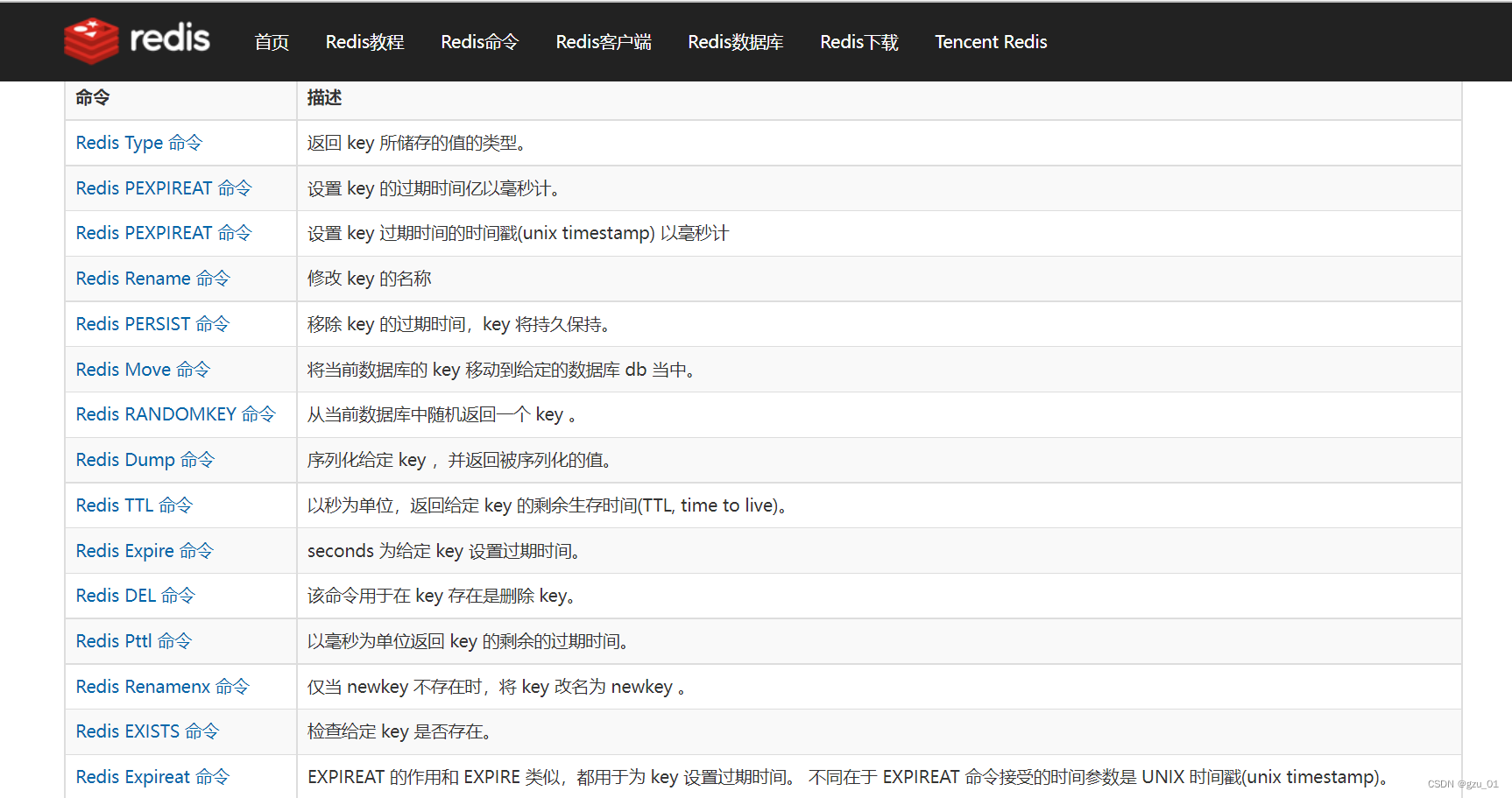


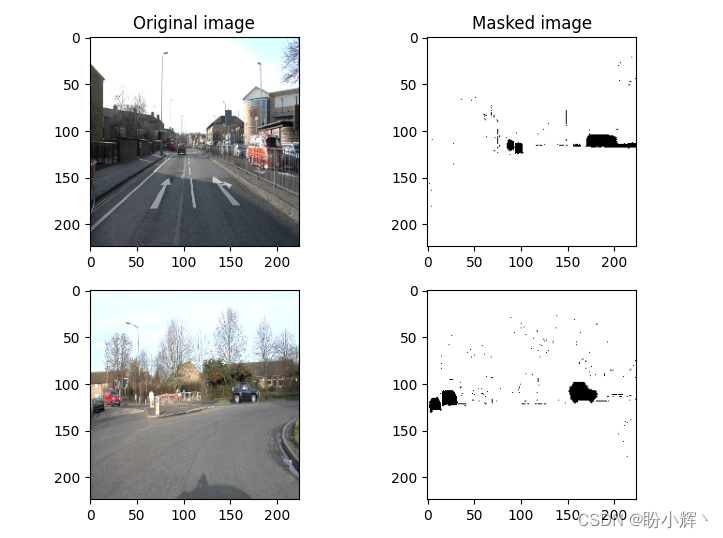


![[Image dehazing] Image dehazing based on color attenuation prior with matlab code](/img/ae/d6d36671804fadae548464496f28d6.png)
